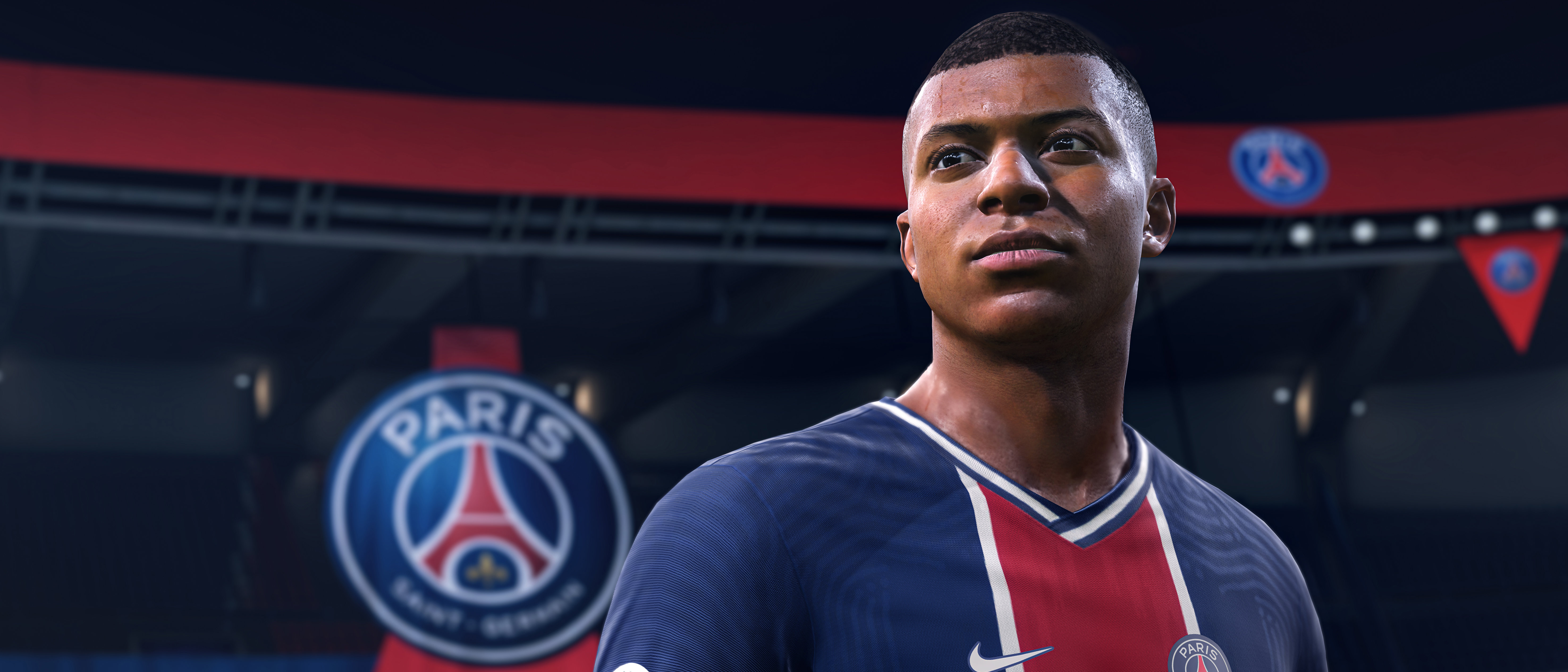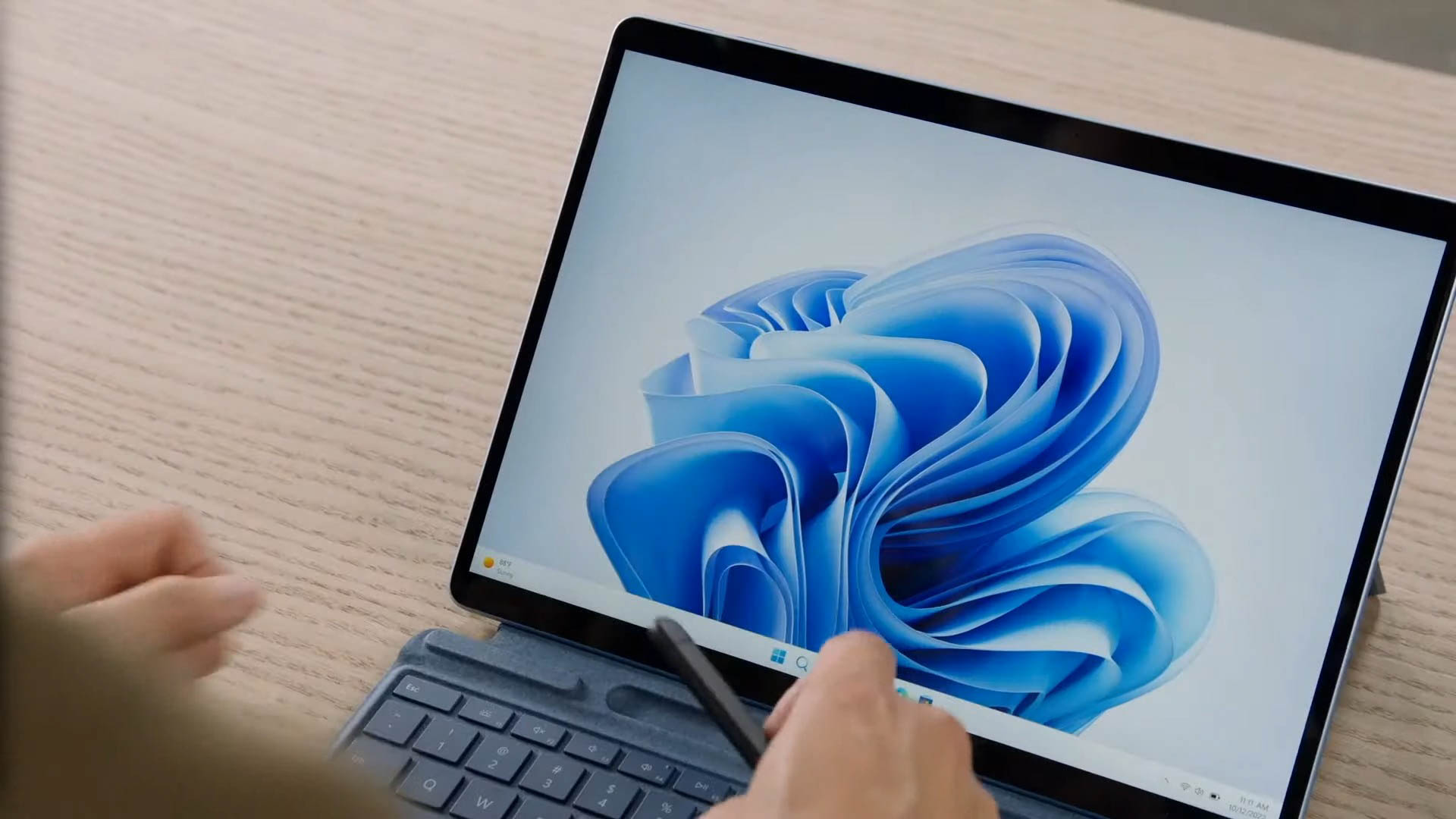Laptop Mag Verdict
FIFA 21 brings welcome features to each game mode (even Career Mode) while making smart tweaks to the on-pitch gameplay.
Pros
- +
Responsive players boost gameplay
- +
Career Mode gets much-needed updates
- +
New directed runs are effective
- +
AI is smarter than ever
- +
Additional co-op modes in Volta, FUT
Cons
- -
Career Mode still needs work
- -
Only minor visual improvements
- -
Commentary could use a fresh voice
- -
Volta story mode takes a back seat
- -
Progress in some modes won't carry over to next-gen
Why you can trust Laptop Mag
If every FIFA game mode were a player, there would simply be too much talent for them all to get playing time. It's a problem the franchise faces every year — with a fragmented player base, EA has the impossible task of choosing where to focus its efforts. With FIFA 21, the studio attempts to satisfy as many fans as possible by making small changes to each mode instead of debuting major additions or overhauling existing modes.
If anyone is best-off this year, it's the cult group of single-player Career Mode gamers, of which I am a proud member. Career Mode, after spending years on the bench, has finally been given some minutes in the form of several new features, most of which improve an experience that had long grown stale.
- Best PC games 2020: What we're playing right now
- PS5: Specs, price, release date and how it compares to gaming laptops
- PS5 games: All confirmed games so far
Nothing in FIFA 21 feels entirely original and yet, the "FIFA 20 repackaged" label the game will undoubtedly receive isn't warranted. While EA's rival Konami released PES 2021 as a Season Update to focus development on future PS5 and Xbox Series X versions, EA made enough changes for FIFA 21 to be a standalone game. Did it do enough to justify the ticket price for the few who don't buy each franchise entry at launch? That depends on which modes you play and how you play them.
As someone who has sunk countless hours into Career Mode, FIFA 21 is a winner if only because it brings a fresh experience to a mode left dormant for years. For other FIFA players who sink most of their time into FUT or Volta, the answer is less clear. What I can say is that, regardless of how you play, the revamped gameplay mechanics are a step in the right direction, enabling players to have more control over what happens on the pitch.
FIFA 21: Career Mode gets subbed in
Relegated to the bench in recent years, Career Mode finally gets a chance to shine in FIFA 21. The offline game mode received several new features that fundamentally change the way you build your team and progress throughout your career as a manager.
Simulating matches is an important part of Career Mode. In the past, skipping matches has been a hands-off experience; you either play matches manually or sim to the end. FIFA 21 adds interactive match simulations so you can manage your team while a game is being simulated. There is a certain Football Manager feel as you watch colored circles move around a pitch while choosing when to make subs or deciding who should take a penalty kick. Match facts, like possession, shots and player ratings, are updated in real-time to help you make the best coaching decisions.
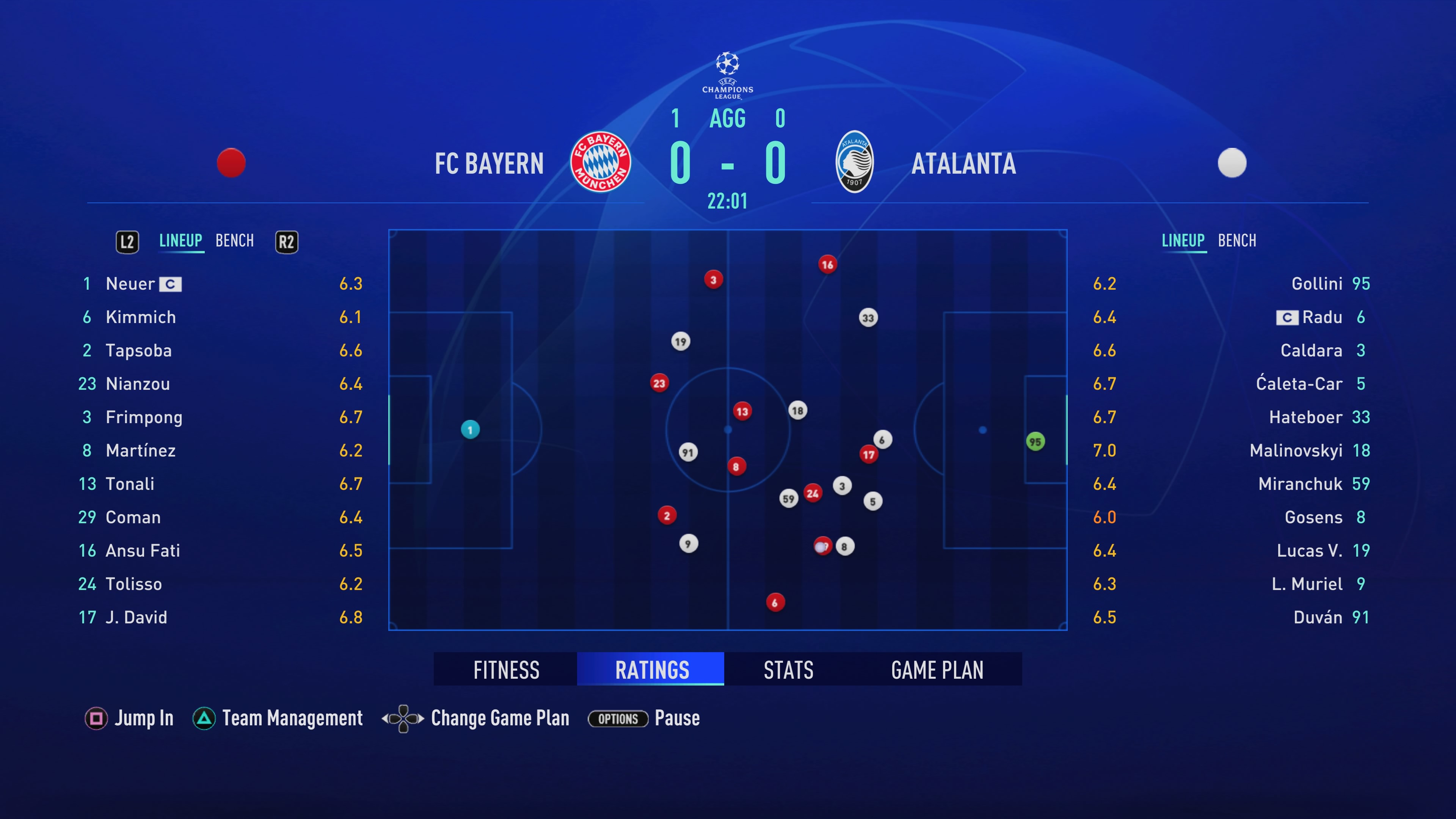
The new sim option is a welcome addition as it gives number-crunching managers another way to influence matches without spending 20 to 30 minutes playing each one. I used interactive sim to ensure my players were being properly rotated so they weren't fatigued for the next match. I also successfully entered a match mid-game to prevent my team from dropping points — the last thing you want is to lose to a bottom-table team in a simulated match. As you watch the sim, you'll see how each player is performing and how your stats compare to your opponent's.
The visual sim mode, which isn't exactly new to the franchise (see FIFA 07), gives you more control over results, but it's a feature that could benefit from next-gen hardware; if the feature didn't take as long to load then I'd probably use it more often. Until the PS5 and Xbox Series X versions launch, I'll use the regular quick sim for most matches and only use visual sim if it's an important game I can't afford to lose (and don't have the time to play).
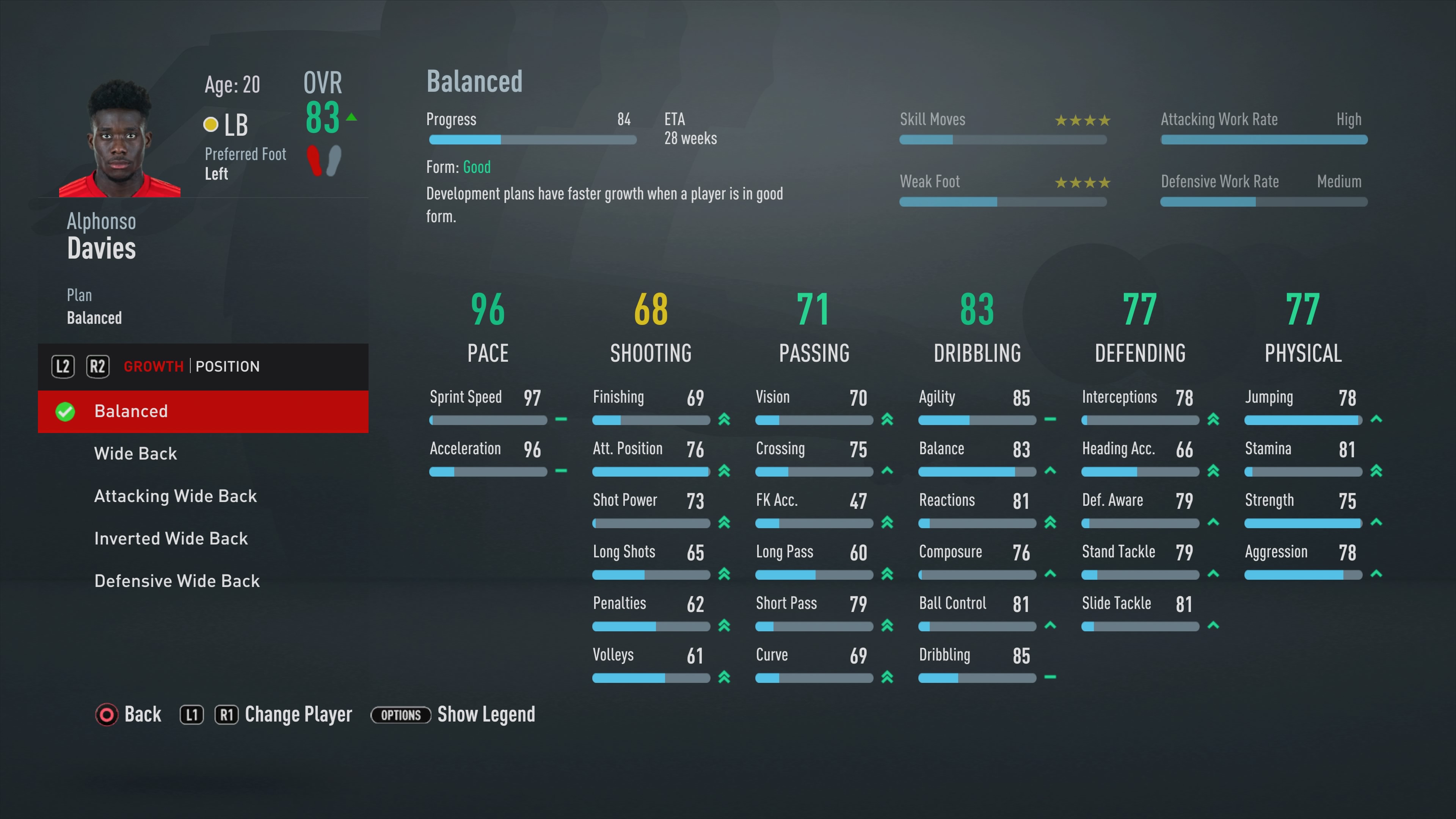
Player development was also improved this year, although it's not without its own issues. Instead of training five youth players each week, a new development system increases player growth depending on the growth plan you choose for them.
If I want Alfonso Davies to be an attacking wide back, his vision, crossing, curve and short passing abilities will increase more than his other traits. Alternatively, the "Defensive Wide Back" option raises his aggression, standing tackle and reactions, but not the others. By default, each player is set to "Balanced," which spreads the points across the most traits without focusing heavily on a few areas.
It might sound like the obvious choice but "Balanced" isn't always the fastest way to grow players. On each player's development page is an estimate for how many weeks it'll take them to increase their overall rating. How quickly they increase in rating depends upon the growth plan you choose along with the player's form (players rank faster when they're in-form). This works the same way for older players who are declining — choosing the right growth plan can extend their longevity.
What's also new to FIFA 21 is the ability to improve the attacking and defending work rate of players (from Low to High) along with their weak foot and skill moves. In theory, you can now develop the perfect player to have a high attacking and defending work rate along with 5-star skill moves and a 5-star weak foot.
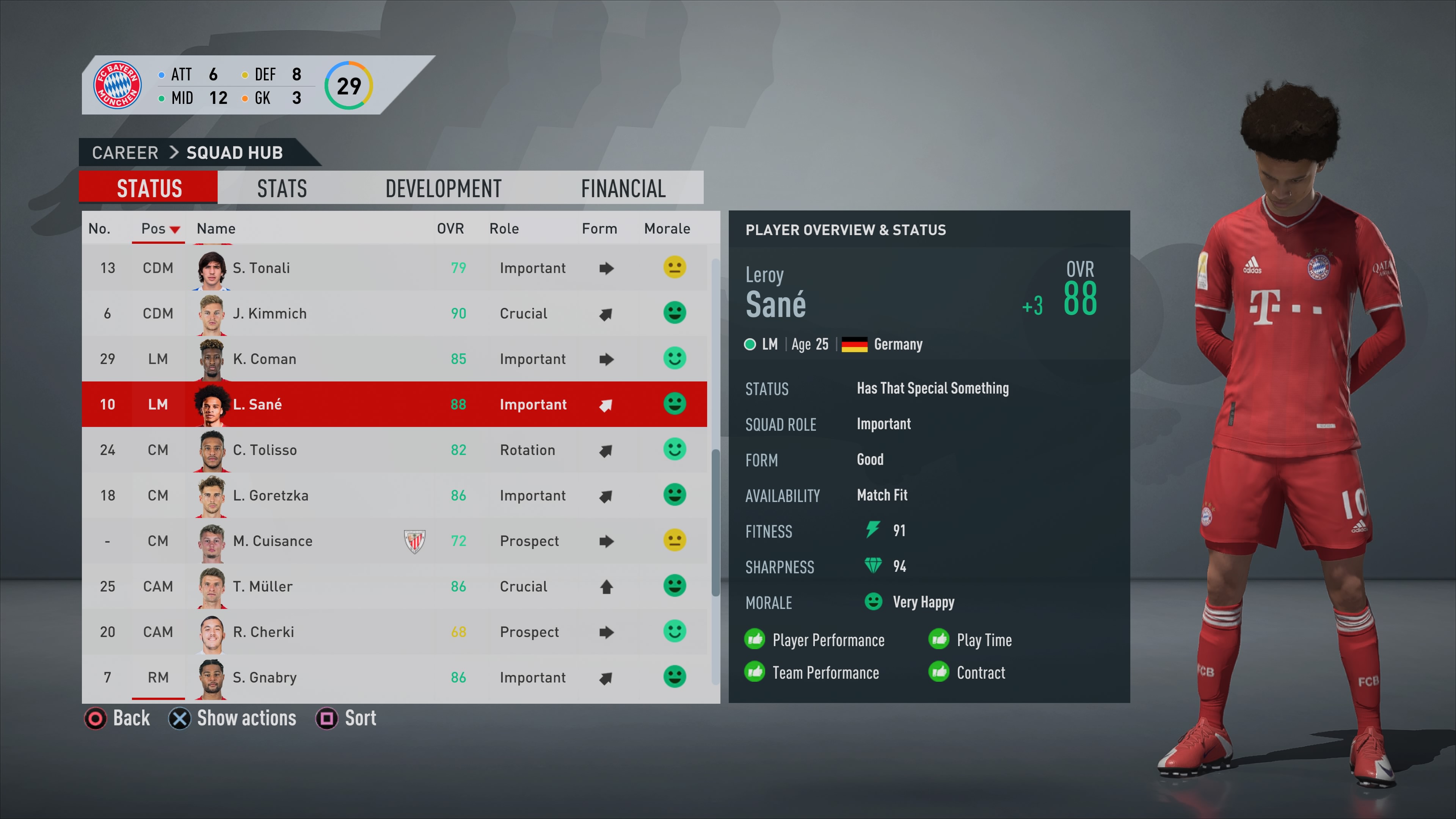
With this set-it-and-forget-it system, youth development is more hands-off than before, but it isn't as tedious. Ideally, EA gave players more active options for developing young players (with B teams, separate youth training, for example) because there is nothing more rewarding in Career Mode than playing with a youth player you scouted and developed over time. I'll need to play multiple Career Mode seasons to know how the new development feature impacts newly signed youth players. For now, it seems like finding the right growth plan and getting them into good form are the best ways to improve a young player.
Another major change made to FIFA 21's Career Mode is the new active training sessions. Instead of simulating past non-matchdays, you'll now engage in group training sessions throughout the week. These come in the form of three drills per day, each with a different group of players. In theory, this is a great way of breaking the monotony of playing one game after the other. In practice (pun intended), the feature quickly outstays its welcome.
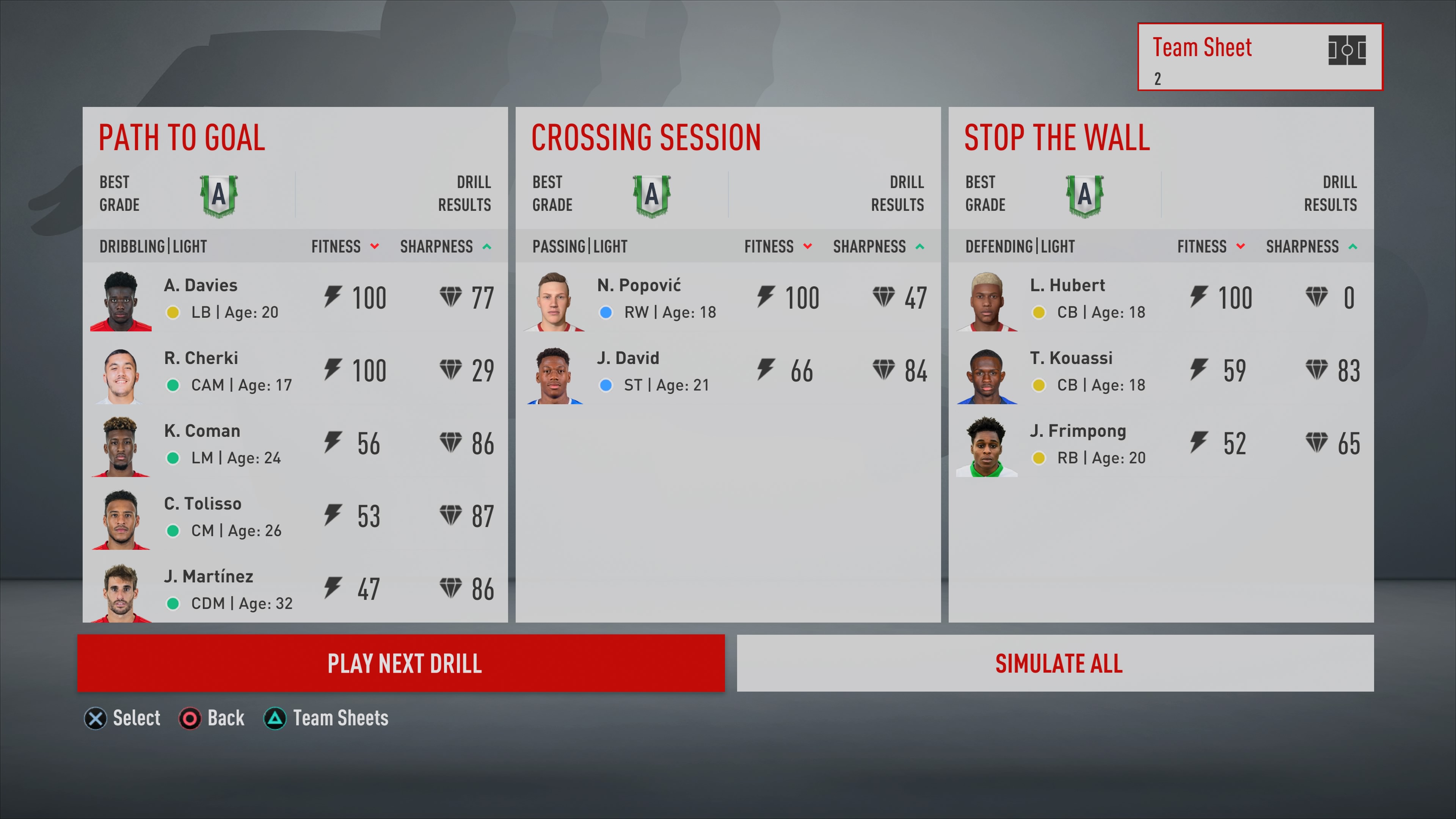
Here's why: Each time you complete a drill, you get a grade (from A to F). The higher you score in a drill, the more sharpness points your players get. But most players won't want to do these drills every single day. When you simulate them, you always get the highest score you achieved when you manually completed that specific drill. If you've never manually finished the drill, you fail it in the simulated training.
For example, after I scored an A on a passing drill, my players will always receive an A score when I sim that drill. While not a terrible system, I scored an A for every drill in the first few months of my first season, leaving no real reason for me to partake in these practices. Yes, my players were happy, but it meant the new feature had quickly run its course —from then on, I simulated every training.
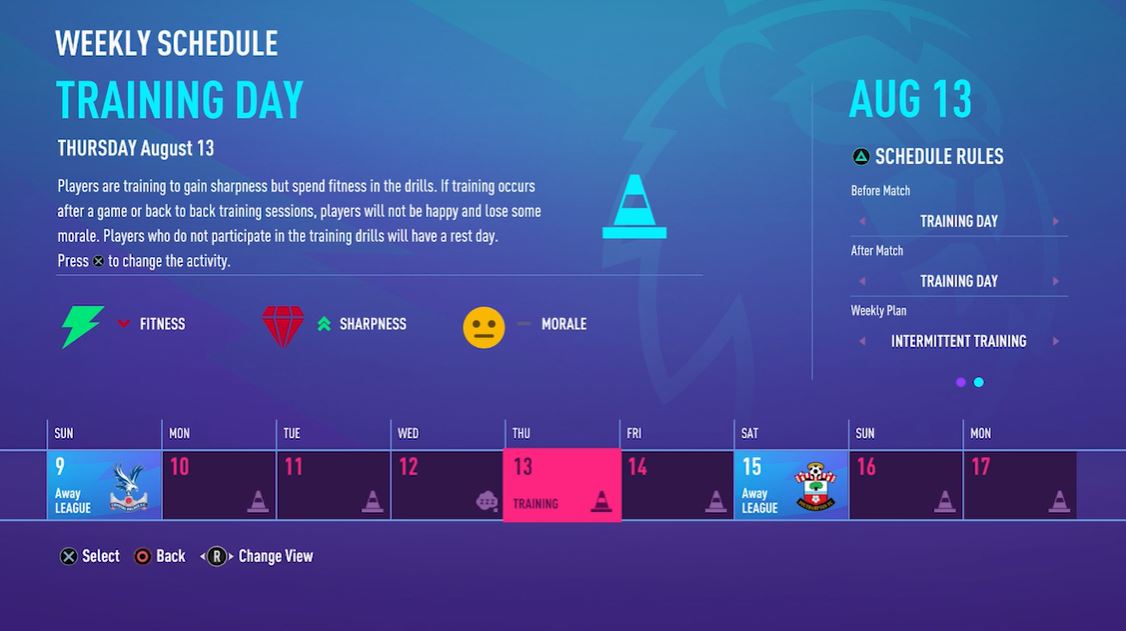
If your schedule is congested and your players are feeling burnt out, you can always change a training day into a rest day. While they won't get sharpness points these days, your players will gain fitness and morale with an extra day off. Trust me, you don't want to play a game with an exhausted starting 11. To determine if your players are ready to lace up, a new feedback system shows their morale, sharpness and fitness — if one of these is low, it might make sense to bench them.
I'm happy to see the return of the loan-to-buy option so you can sign a player on a one-year loan stint for free before deciding whether you want to spend a pre-determined fee to sign them on a full contract.
All in all, the changes to Career Mode give you more control over how your team performs and how players develop. The new training option gives purpose to days surrounding fixtures (if only for a few in-game months) while the new player development system is a much-needed change from the poorly implemented training system from the past few games.
EA made enough changes to please Career Mode players in FIFA 21, but I hope this is only the start of an initiative to overhaul the mode. FIFA 21's Career Mode still pales in comparison to those in other sports games as it lacks the granularity desired by gamers who could spend hours staring at stats sheets or developing new tactics. I could do without all the cutscenes and flurry bits so I can spend more time building my team.
FIFA 21 gameplay: Taking control
Improvements to gameplay are subtle, but add up to a much better experience. It will take you several games to feel the difference between the gameplay in FIFA 21 and FIFA 20. Once you do, you'll appreciate the changes EA made.
The first thing I want to spotlight is what EA calls "Creative runs," a feature FIFA fanatics have been requesting for years. Now you can control the run of players who aren't in possession of the ball. No more passing to a player only for the person who passed the ball to stop their run and stand around daydreaming.
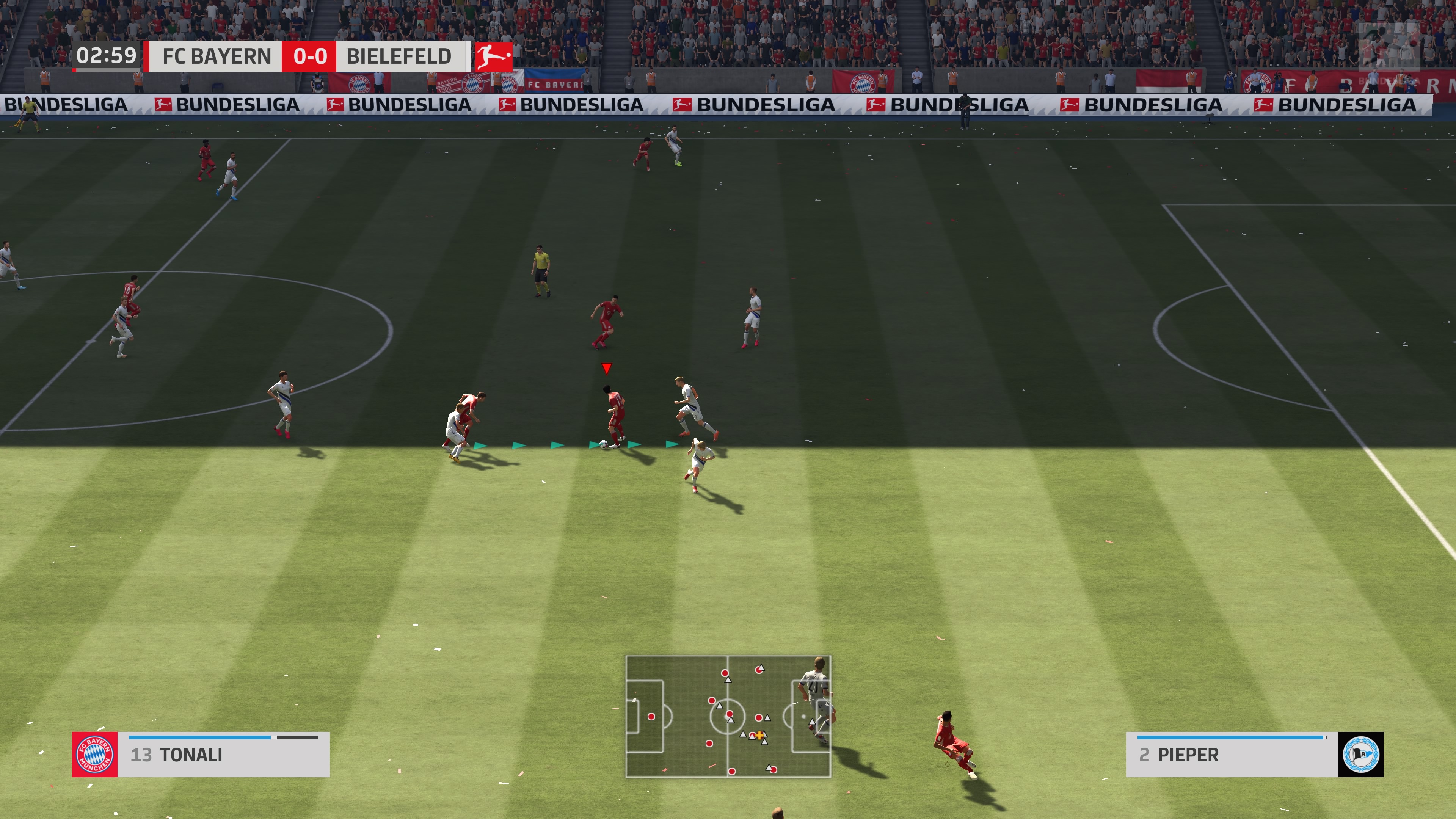
In FIFA 21, you can tell a passer which direction to run by flicking the right trigger immediately after passing the ball. Using this had an immediate impact; A quick one-two pass from Lewandowski to Muller back to the world's best striker sliced through RB Leipzig's defense in lethal fashion.
It's a great addition to the attack, but the AI isn't always the smartest with its runs; a player will continue a straight forward spring in the desired direction until they are offside. When I tested this, center back Niklas Süle made a silly 60-meter dash from one end of the pitch to the other.
You can also flick the right trigger after initiating a run to dictate the direction your teammates run but I didn't find this to be nearly as effective. If you want even more control over off-the-ball players, a new player lock tool (press in on both joysticks) locks you to the player on the ball so you remain in control of them even after passing. You can flick the right stick to move to a different player and use familiar passing controls to tell the AI when to give you the ball.
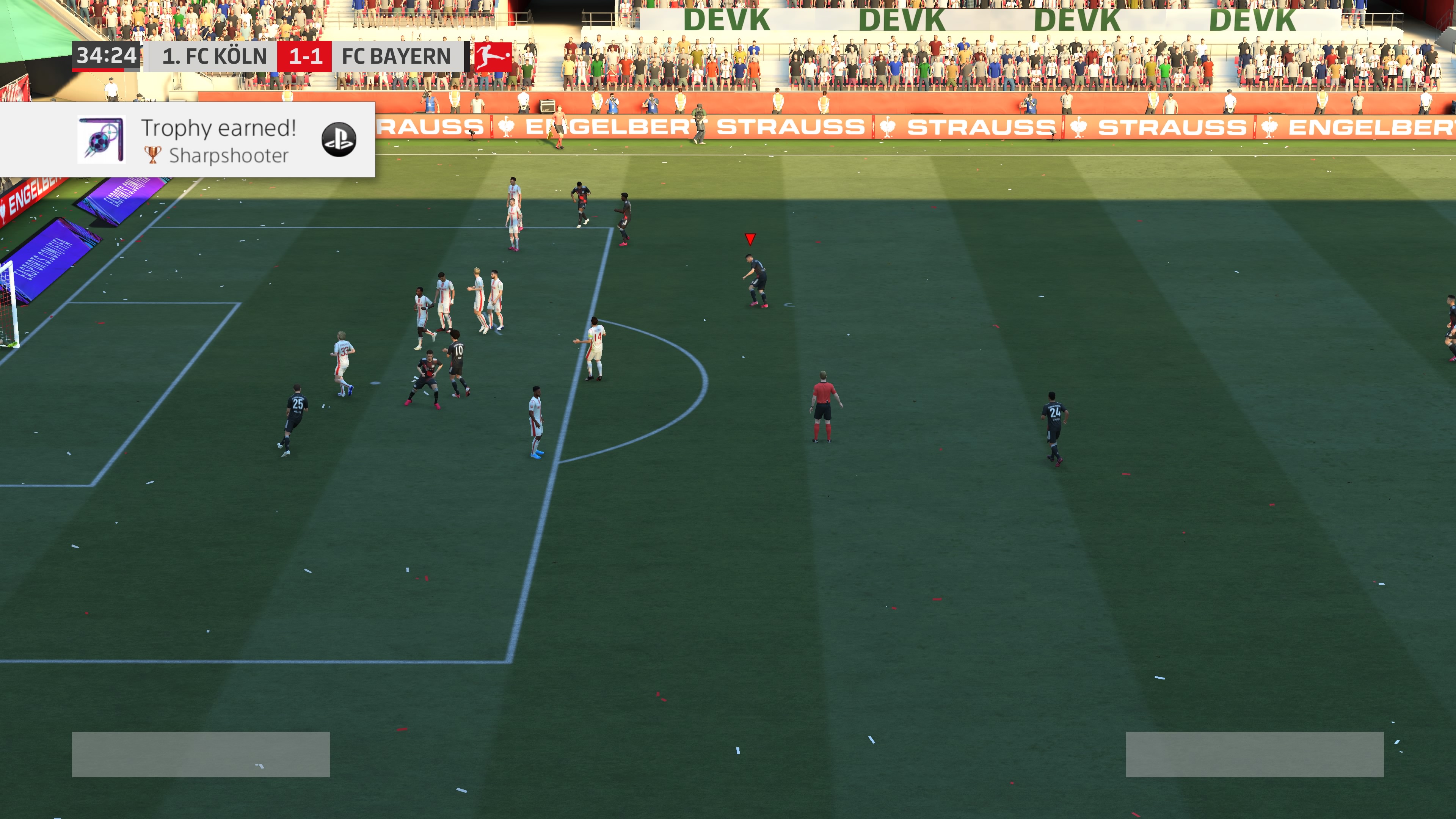
Players also feel more responsive, solving a major issue with FIFA 20's gameplay. Speedy wingers like Leroy Sane or Lionel Messi can pivot on a dime, and with a new agile dribbling system, can quickly dance around a defender to retain possession. There is no more delay between your first touch and when your player makes a move. Yes, shielding is still recommended in tight areas but not as required as before.
Heading has also been tweaked for the better. Nerfed in FIFA 20, headers are now more realistic. Players actually jump for the ball instead of standing around idly, and the flight of the ball feels like it's dictated more by your positioning and the contact you make with it.
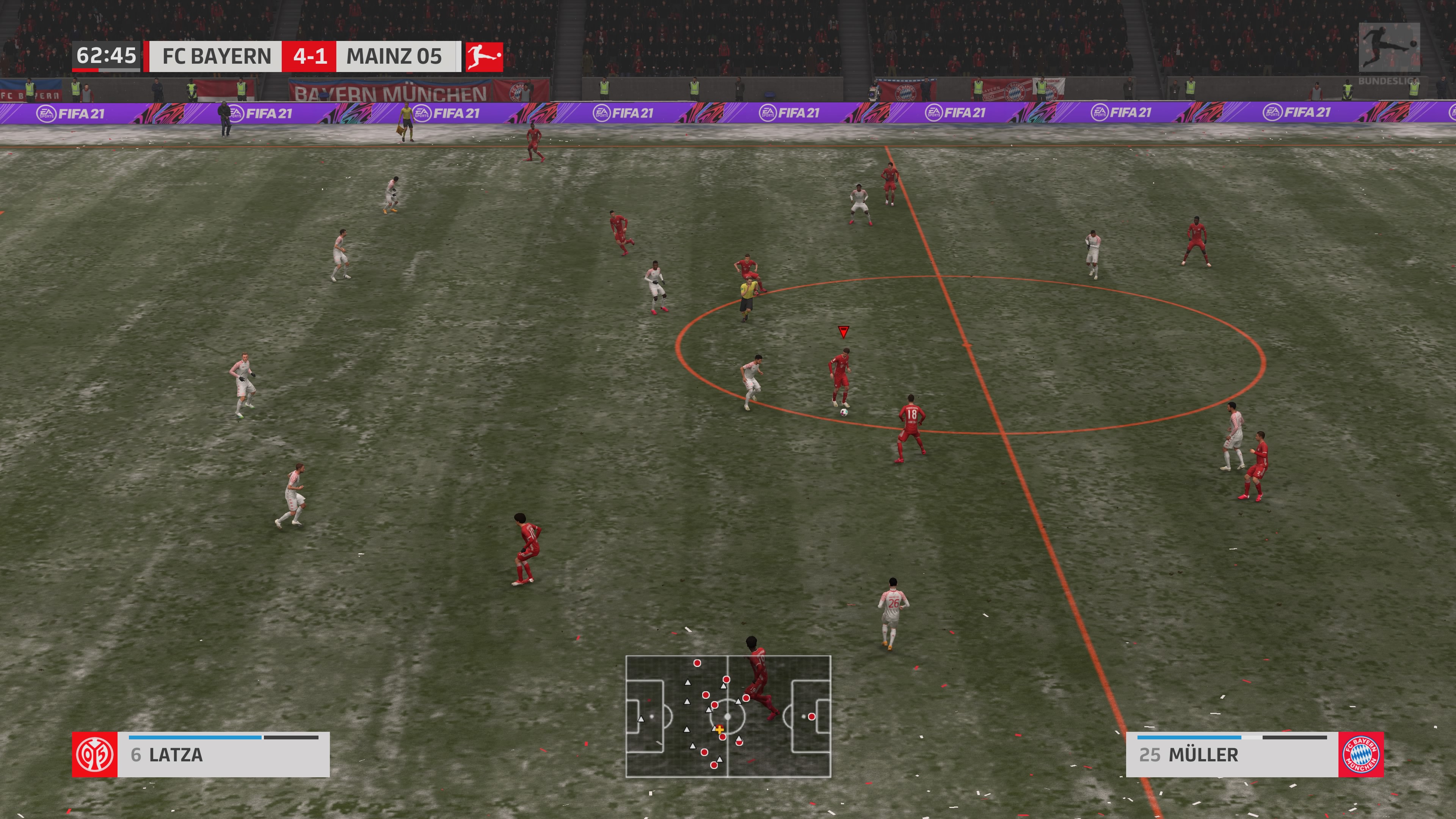
Other notable gameplay changes I've noticed include more accurate through-balls although they still tend to go to the wrong player, smoother, more realistic animations (the graphics haven't changed much), and more rewarding tackling. Gameplay will continue to feel sluggish to some as it did for me when I switched from playing Volta to regular soccer, but this is still a world-class sim.
FIFA 21 gameplay: AI and difficulty settings
Before I go into some of the other game modes, I'd like to briefly mention AI and difficulty levels. Updates to FIFA 20 brought major improvements to the AI. Prior to the updates, I had no problems defeating my opponents on Legendary difficulty but after them, I was losing almost every game.
I started my Career Mode with FC Bayern on World Class difficulty and immediately noticed how much more grueling it was than the same setting in FIFA 20. I was still winning the majority of matches (I'm 18:0:6 in my first season) but not having as much fun doing so. Why? Because I struggled to control 50% possession no matter which team I played. Hell, I struggled to hold the ball for 40% of the game. Even Bielefeld masterfully kept possession from me with skill moves you'd only see Messi pull off. It was a frustrating struggle to nab the ball from opponents who would twist around me or guard the ball and simply pass it around.
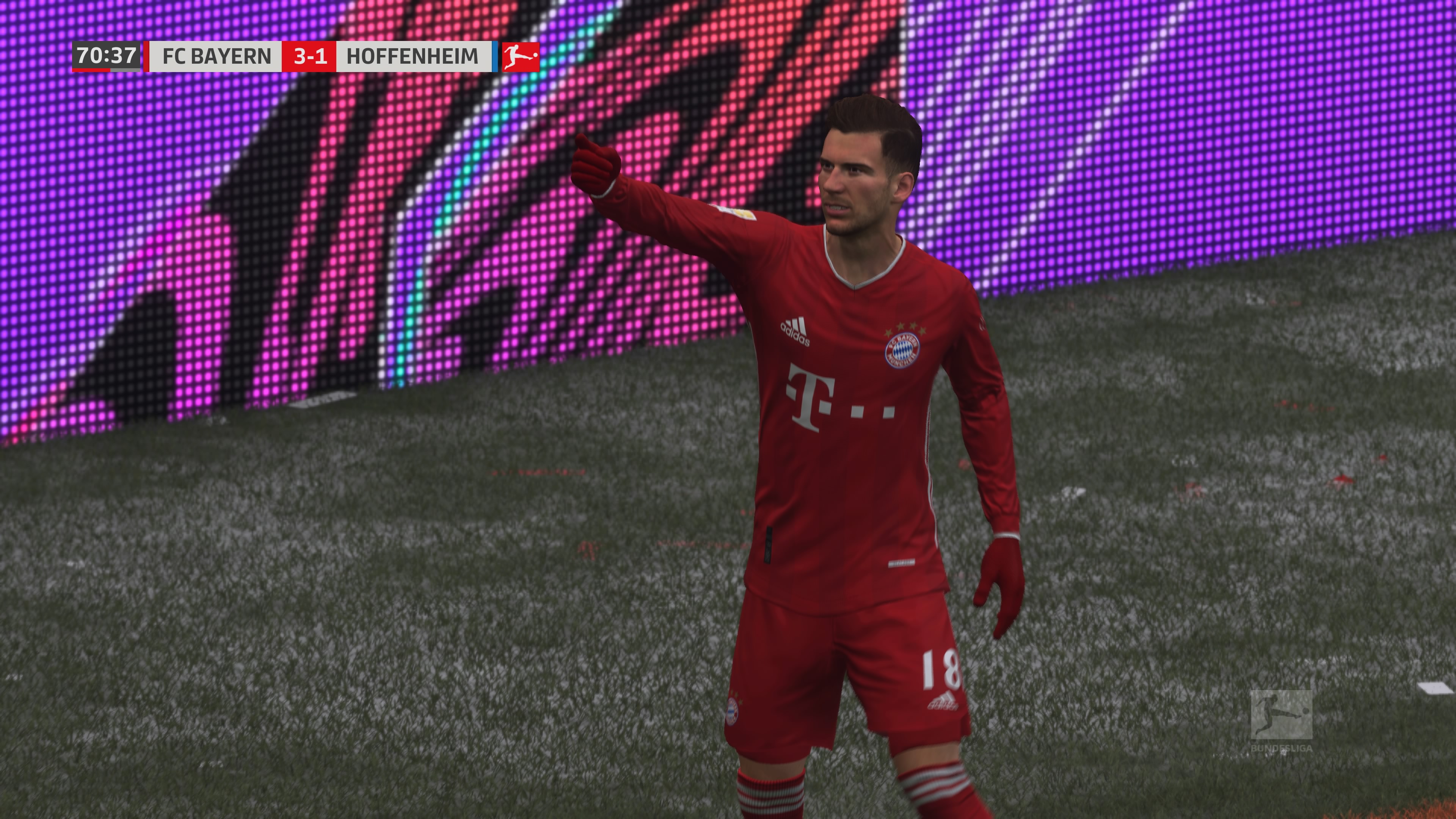
And then I found a new option in the settings called Competitor Mode. When enabled (only available for World Class and Legendary difficulties), your opponents have "the playstyle of some of the world's best FIFA players." While it certainly adds a challenge, there is nothing more infuriating (win or lose) than having 40% possession against the lowest-ranked clubs in the league. For me, World Class was still challenging (but a bit too easy), and a lot more relaxing, with Competitor Mode turned off. Hopefully, EA finds a better way of improving the AI without making them unrealistically overpowered.
FIFA 21 Volta: New modes and a lacking story mode
Volta is still tons of fun. The fast-paced short-sided games are relentless. Let up for a split second and the other team will find the net. Gameplay hasn't changed much but teammates are smarter when making runs and a new defensive blocking system gives you better odds during 1:1 situations. Attackers will appreciate the new skills moves that, when excluded properly, are nearly impossible to defend.
Off the pitch, changes include a new Volta Squads co-op mode where you can team with up to three friends to take on other teams. You can also wait in the lobby and wait for enough players to join your team for a 5v5 online co-op game. Winning co-op matches gives you XP to spend on a long list of vanity items (shirts, shoes, socks, etc).
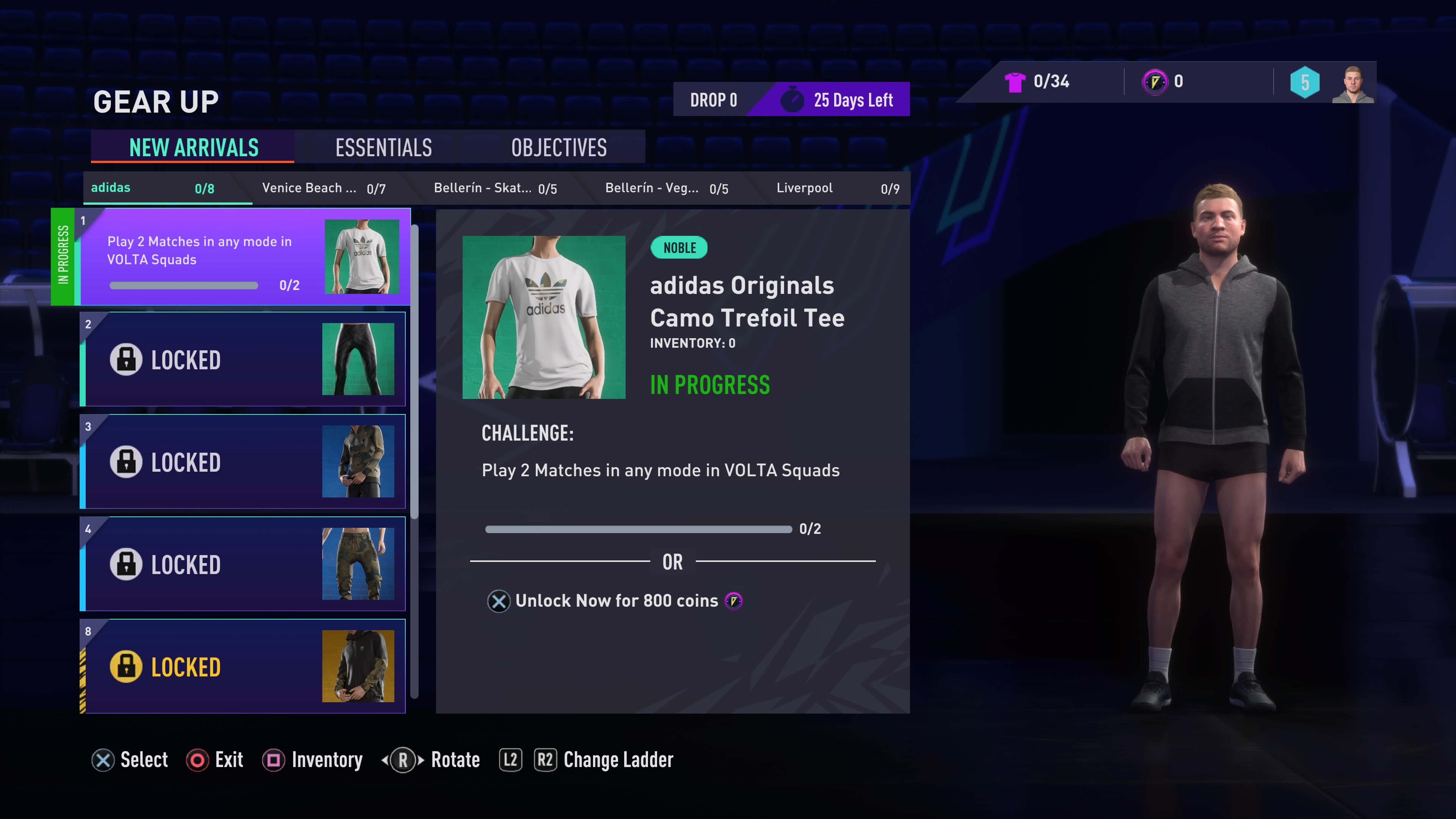
Featured Battles is a new mode where you face the AI-controlled community and celebrity-created squads to earn points and unlock special rewards. Eventually, you'll be able to recruit star players to your squad. It's similar in spirit to Squad Battles in FUT and should give Volta players reason to jump back into a small-sided game, which, by the way, range from 3v3 Rush rounds (no goalies) to professional Futsal rules with or without walls.
Replacing the Volta story mode from FIFA 20 is The Debut, which acts as more of a competitive tutorial than a genuine campaign. You still play tournaments in various locations with cutscenes featuring star athletes, but the entire mode takes about 2 hours to complete. I'm disappointed in the direct EA went this year. Instead of shortening the campaign, I would have preferred tweaks to the previous story mode with additional tournaments, even if it meant getting rid of the cutscenes.
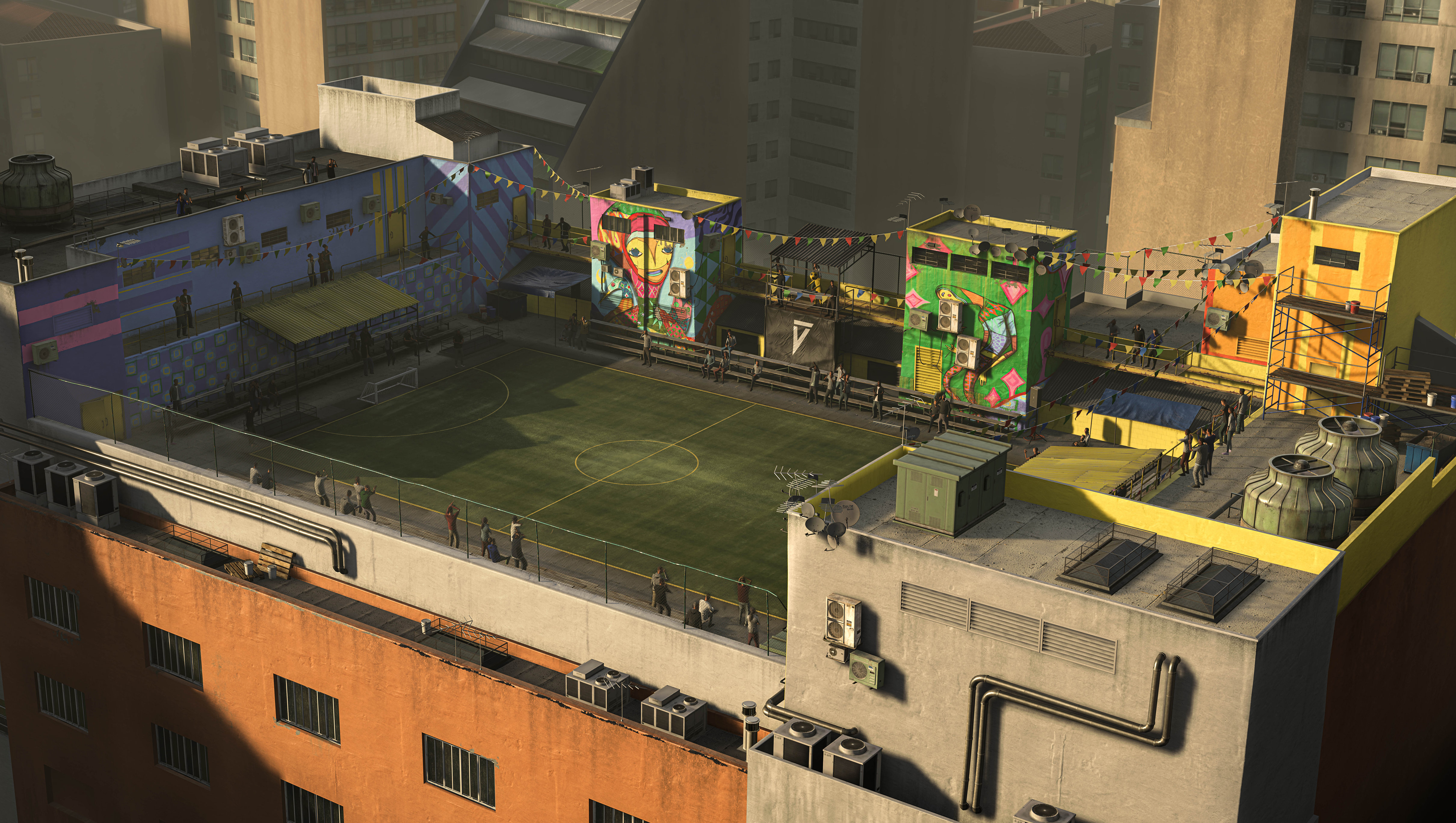
The good news is that there are now 23 Volta locales to play in, each with its own rules and flavor. EA did a great job of bringing these locations to life — street art behind a Sao Paulo pitch shows the city's vivid colors while the backdrop in Sydney shows Australia's beautiful coastline.
FIFA 21 FUT: Listening to the fans
EA focused on adding new co-op options to FIFA 21 game modes and FUT is no exception. Using a retooled UI, you can now play Squad Battles, Division Rivals and FUT Friendlies with a friend. Don't worry, EA added a match-making option so you don't get paired against a solo player. As you win games, you'll earn weekly progress in Division Rivals and Squad Battles toward new co-op objectives.
Just remember, there is a limit to the number of matches you can play that count toward your weekly score and matchmaking is done based on the player with the higher still rating. So if you're in Division 8 and you're paired with a Division 1 player, you'll need to step up your game.
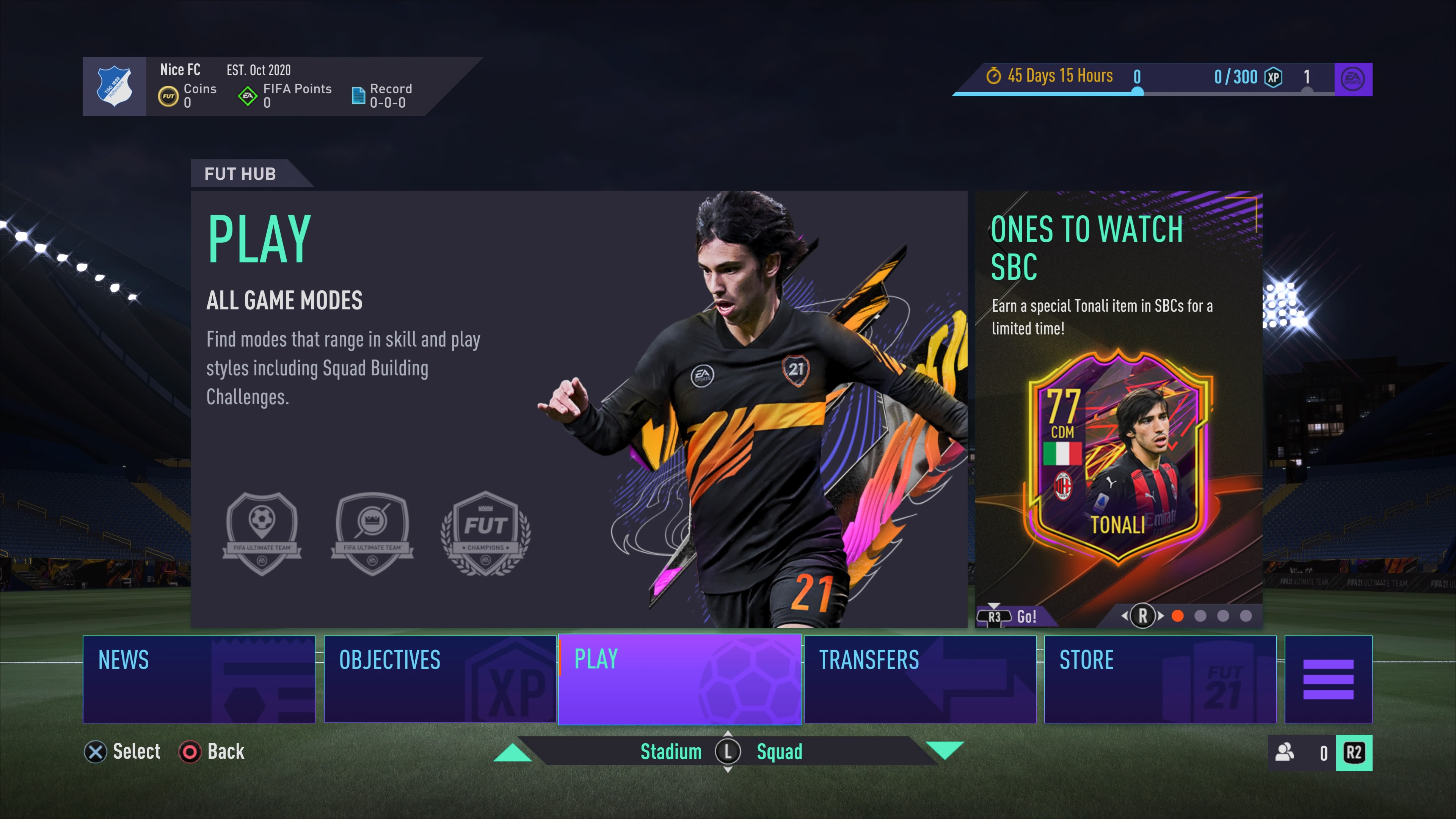
The major addition to FUT is the ability to create your own stadium. Yes, you can play in an actual stadium but if you want to build your own home you can do so by earning or buying new items. To start, your stadium is a generic arena with boring FIFA-branded elements. As you earn unlockables, you can customize the pitch with a different theme, crowd chants, anthems and TIFOs.
FUT players will be happy to see the removal of fitness cards. Now you don't need to spend hard-earned coins on fitness cards or swap your players out as they get more tired. Fitness is still important during a match but you no longer need to worry about it in the menus — all players start each game at full fitness.
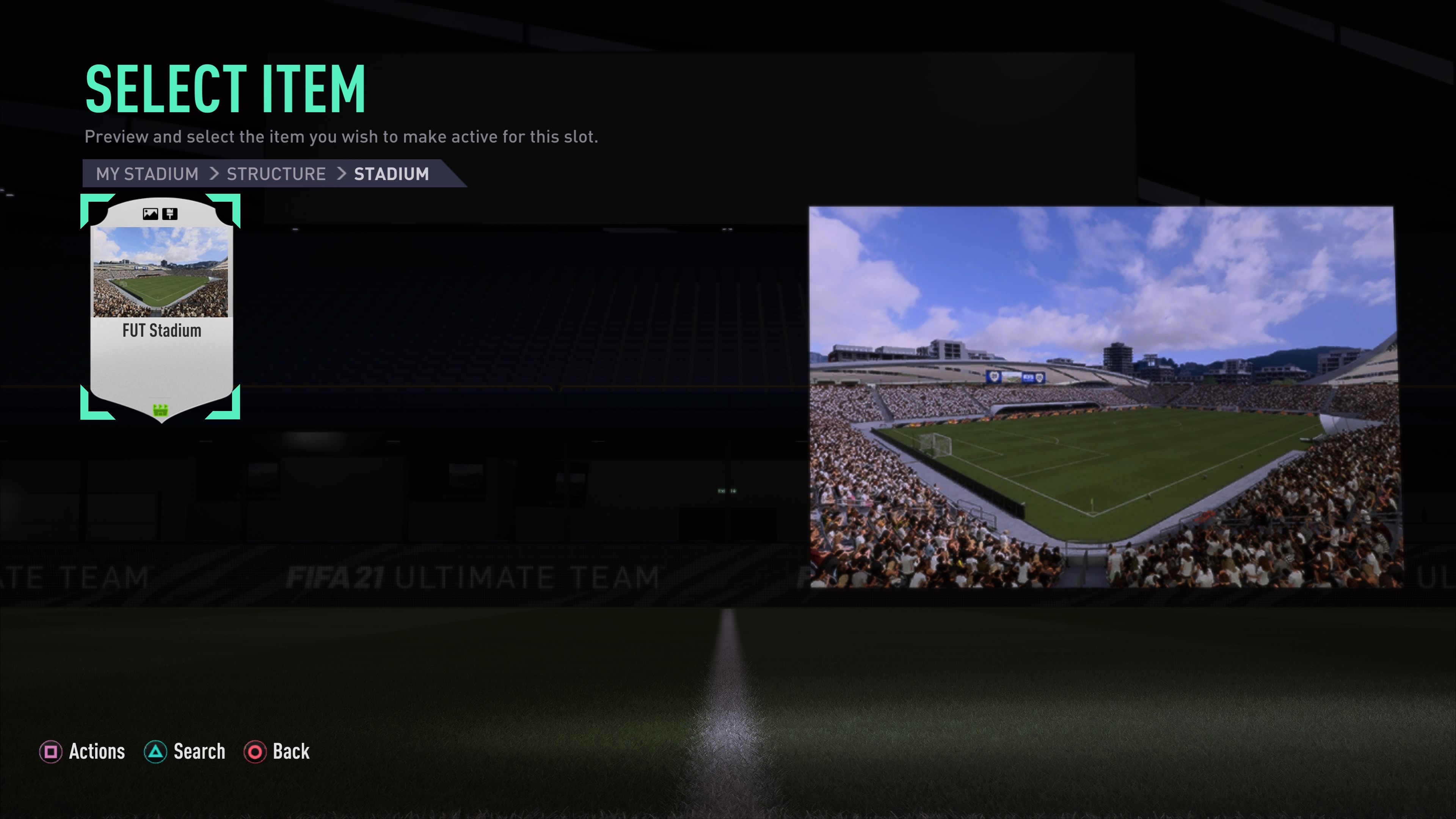
FUT friendlies and new events are nice additions to Ultimate Team but where EA really deserves praise is with the revamped UI. The menus feel much more streamlined and less cluttered than before. That being said, I still have issues with the speed of navigating menus in FIFA 21 as animations feel sluggish — it's a problem I hope is resolved in the PS5 and Xbox Series X versions.
FIFA 21 on PS5 and Xbox Series X
Before wrapping up, I want to talk about FIFA 21 on next-gen consoles so you know what to expect if you buy the game on PS4 or Xbox One and upgrade to PS5 or Xbox Series X.
Dual Entitlement, like other EA games, is an initiative that allows you to upgrade to the next-gen version of the game without paying extra. Keep in mind, however, that if you buy the disc-less version of these consoles, you'll need to purchase the digital version of FIFA 21 on current-gen hardware.
Once you purchase FIFA on PS4 or Xbox One, you can upgrade your copy to the corresponding next-gen console free of charge until the launch of FIFA 22 (which is likely in September 2021).

Here is where the fine print comes in: all the progress you make and content you acquire in Ultimate Team or Volta will carry over to next-gen consoles. However, progress on all other modes, including Career Mode, is trapped on current-gen hardware. It's a shame EA chose to put so much attention into Career Mode this year because if you start a franchise (as I did) on a PS4, you'll need to start all over on PS5.
Additionally, your progress in FUT or Volta will only transfer to the same console brand so you can't move progress from a PS4 to an Xbox Series X or the inverse.
Bottom line
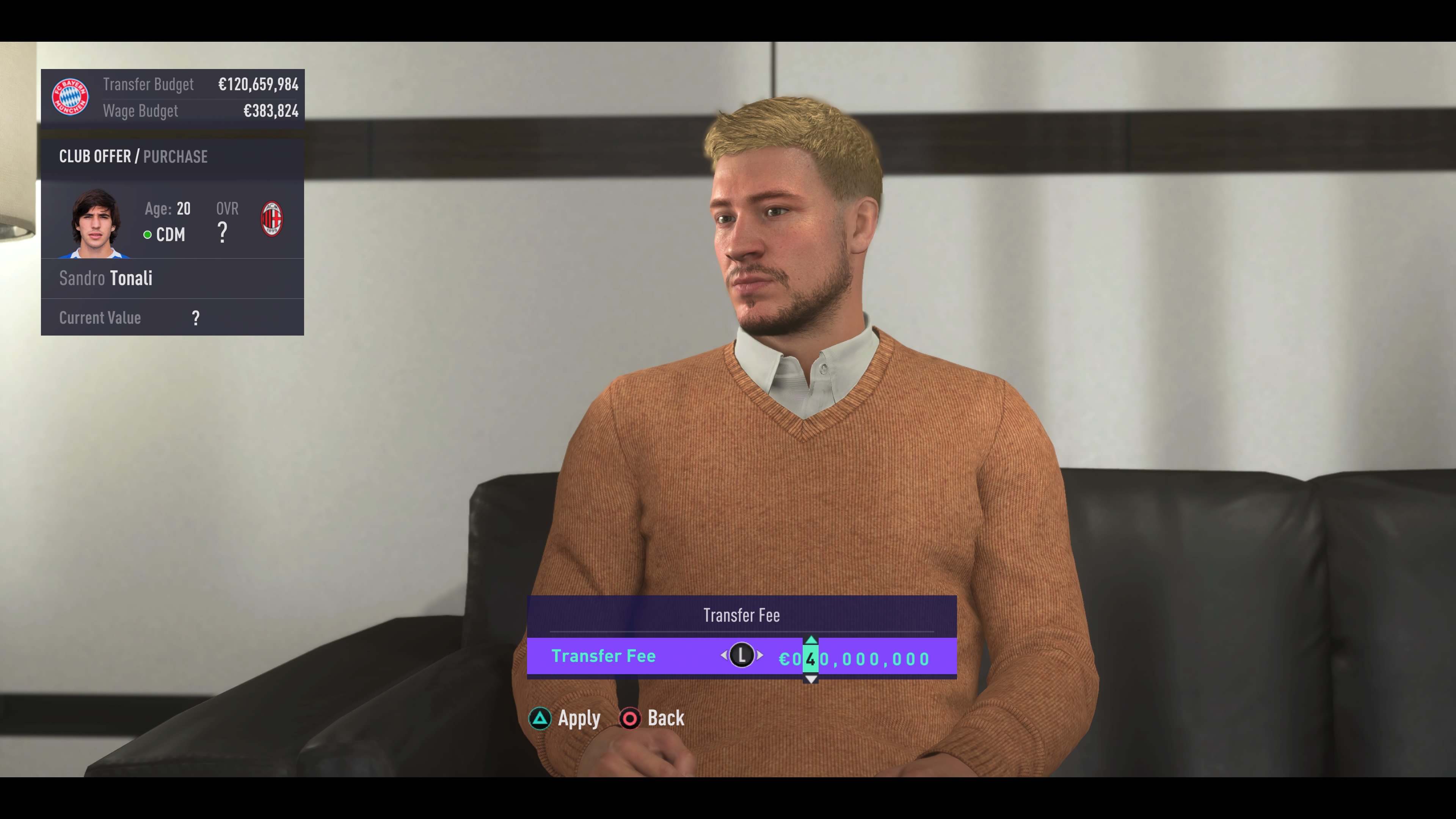
FIFA 21 doesn't rewrite the rulebook, instead, it tries to satisfy its player base by making meaningful changes to each game mode. Career Mode gets the biggest update with a new interactive sim option, a revamped youth development system and improvements to AI. Volta takes a backseat this year but remains a thrilling fast-paced option when the calculated pace of regular soccer starts feeling tedious. FUT also received some long-awaited changes and tweaks to the gameplay, combined with the first-rate presentation we've come to expect, make FIFA 21 the best on-the-pitch soccer simulation around.
But as the new generation of consoles arrives, I can't help but feel it's time for FIFA to metaphorically retire some players and bring in a fresh squad. The menus, while slick, are sluggish; the Career Mode focuses its efforts in the wrong areas; the commentary could use a fresh voice and several modes and features feel half-baked. Overall, FIFA 21 is an excellent soccer game that adds something new to each game mode while refining the on-the-pitch gameplay — I just hope FIFA 22 can bring new life to the franchise when it launches on PS5 and Xbox Series X.
This review will be updated regularly as we continue to play FIFA 21. Past games have been riddled with bugs; we will update this review if we encounter those at any point.
Phillip Tracy is the assistant managing editor at Laptop Mag where he reviews laptops, phones and other gadgets while covering the latest industry news. After graduating with a journalism degree from the University of Texas at Austin, Phillip became a tech reporter at the Daily Dot. There, he wrote reviews for a range of gadgets and covered everything from social media trends to cybersecurity. Prior to that, he wrote for RCR Wireless News covering 5G and IoT. When he's not tinkering with devices, you can find Phillip playing video games, reading, traveling or watching soccer.
